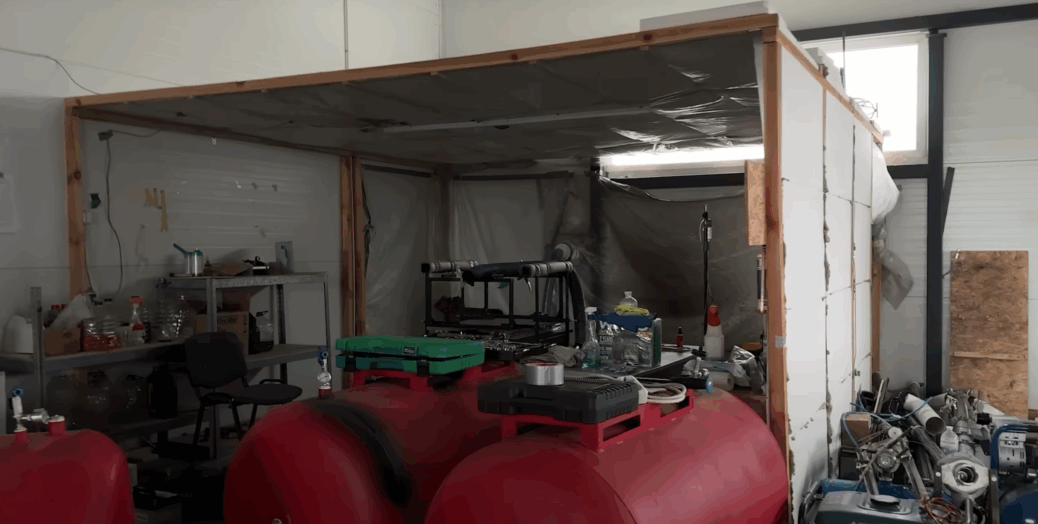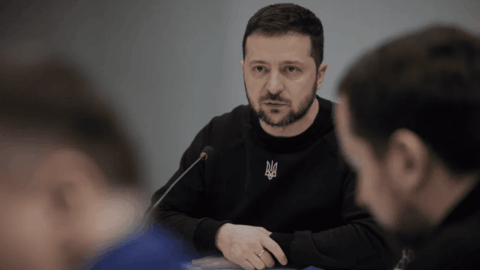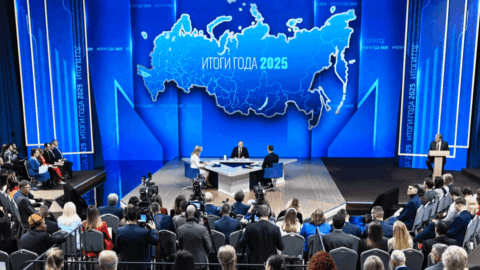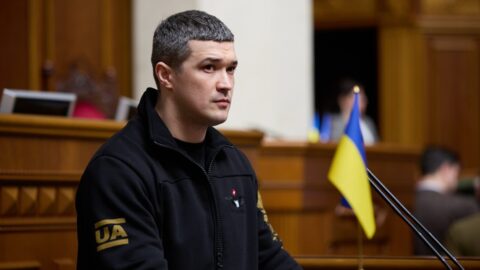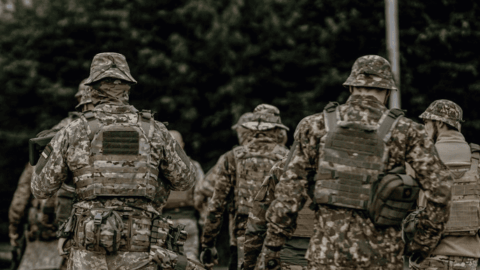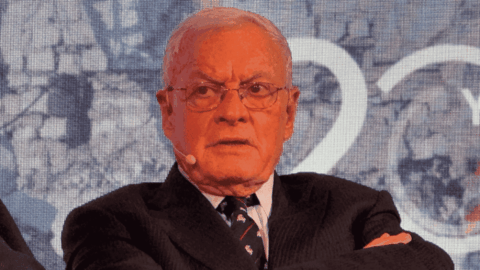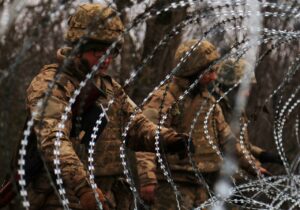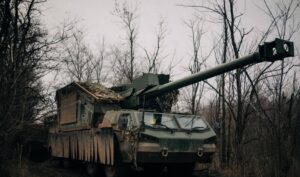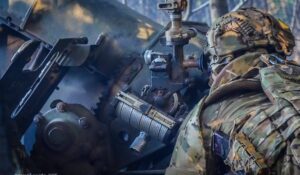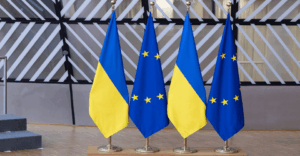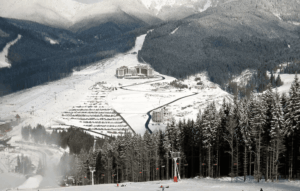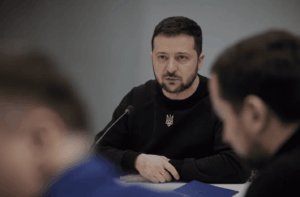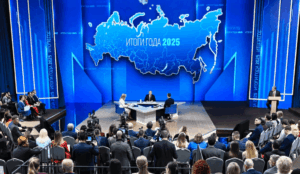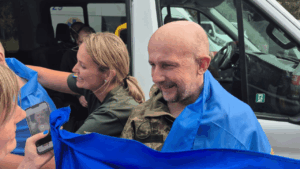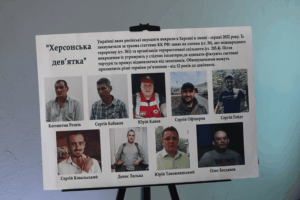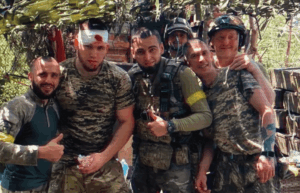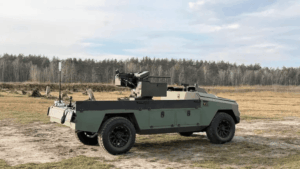Yuriy Kasyanov reveals how his volunteer-built drone unit, which struck the Kremlin and Russian military targets, was dismantled by Ukrainian leadership – its base stripped bare despite being fully funded by private and volunteer money.
From the start of the full‑scale war, from the very first days, we fought with our volunteer unit near Kyiv, in the Makariv area, and later in Zaporizhia. Everything was our own — weapons, drones, vehicles. We did not believe in barbecue for May holidays; we prepared for war.
In May 2022 we began to formalize our military service, found and set up a base in Kyiv, developed long‑range strike drones and started producing them at my small advertising‑manufacturing enterprise. It was logical — there was a premises, machines, civilian craftsmen.
Already in August 2022 we successfully attacked an enemy base in Belgorod, struck power substations, fuel depots; on New Year’s we hit an S‑300 division, and in January 2023 we finished it off. Enemy losses — over $117 million.
On the night of May 3 we attacked an enemy airfield and struck the Kremlin.
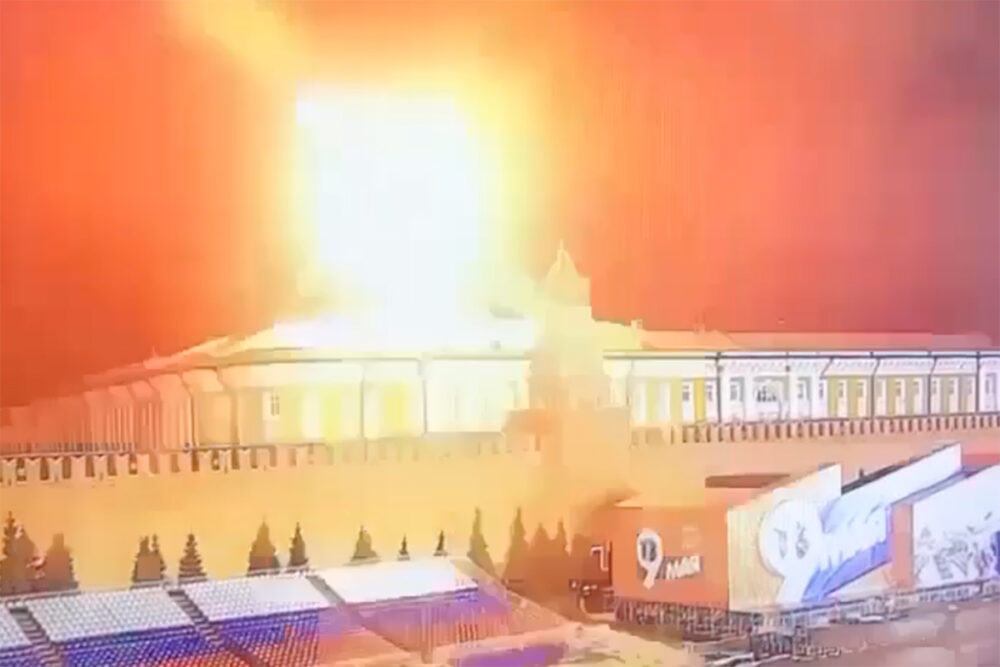
For more than a year we fought with our drones made from my family’s savings, with money from my partners and volunteer funds. We spent (hard to calculate exactly) over $350,000 of non‑state funds.
Later funding came from the “Army of Drones”, from volunteers, via the SSSCIP. Everyone clearly knew that the drones were made at Kasyanov’s family enterprise; every penny was scrutinized — they paid only for components, materials, civilian staff salaries, rent, utilities, electricity.
Military engineers developed detonators, communication systems, software — the state did not pay for that under contracts.
The enterprise — civilians — also repaired damaged drones, implemented upgrades and modifications at the military’s request, made catapults, EW stations, and equipped volunteer and state vehicles — free of charge.
Such a drone‑related symbiosis exists in many military units.
The allowed 25% profit was spent on constructing a permanent deployment facility for the unit, covering 1,474.9 sq.m and costing UAH 24,134,177.86. It was equipped with everything necessary: two bomb shelters, a kitchen, toilets, showers, water supply, heating, a fire protection system, water treatment systems, and an air conditioning system.
Our unit occupied this facility from the completion of construction until its liquidation for 1.5 years. Free of charge for the state — all expenses for heating, electricity, and repairs were covered by the business.
In addition, the site was paved with sidewalk tiles and parking spaces for vehicles were arranged at a cost of over UAH 1 million, paid by the business.
Expenses for electricity and heating paid by the company amounted to UAH 645,000 for 2024–2025.
A warehouse of 138 sq.m for the unit’s aircraft was rented, costing the company UAH 484,000 for 2023–2025. An office of 199.7 sq.m was rented, costing UAH 3.3 million for 2023–2025.
Two civilian programmers worked at the company carrying out tasks for the military; their wages amounted to UAH 1.1 million for 2024–2025.
On the company’s production premises, aircraft repairs and modernizations were constantly performed; training and test aircraft were built by civilian personnel — free of charge to the state.
Not with state money, the unit was provided with: furniture, computers, Starlinks, generators, canisters, ecoflo, extra fuel, consumables — cleaning supplies for vehicles and premises, a high‑pressure washer; the cleaner’s work in the office was paid for.
In addition, an official permanent deployment facility (PDF) for the unit was equipped, fitted with equipment, provided with heating, air conditioners, and guaranteed power supply, where servicemen had workshops for assembling warheads.
Cars, trailers, vehicle canopies, tow bars, etc., were purchased and repaired.
It is impossible to calculate all non‑state injections into the unit.
Profit was not pocketed.
The work of the servicemen was not exploited.
Mr. Deineko knew all this and personally signed the contract to purchase the drones. So if you’re going to pin corruption on anyone — pin it on him too.
And let him return everything that the “corruptionists” spent on the war.
— Good afternoon, I am the director of the company that manufactured drones for Yuriy Kasyanov’s unit. I now want to show you the building that was built with private funds for Yuriy Kasyanov’s military unit so you can see what remains in this building after the military unit — which was supposed to be preparing for combat missions — urgently left the premises because it is being disbanded.
In this room motors were checked before start‑up, and now you can see equipment that has simply been taken off vehicles that participated in combat deployments. This is equipment removed from cars that usually went on combat missions, but in general aircraft were tested in this room. Engines were started to check rpm, thrust, and on this test stand to achieve maximum efficiency.
This is the room where aircraft made with volunteer funds and with our company’s money were manufactured; these are training aircraft that pilots learned to fly on.
This is the room where pilots trained to fly; there were simulators here.
And in this room aircraft were stored. The aircraft were taken away; only the shelving racks remain.
Another training room where pilot simulators stood. All property has been removed.
Usually these racks were bursting with equipment.
Toilets.
This room was filled with aircraft that were used during combat operations.
Rest room.
All these racks were filled with equipment.
Now we go down to the bomb shelter. You could work here during air raid alerts. An additional exit.
A room for the command staff.
Tags: disbanded unit drone war Ukraine kasyanov Kremlin strike military corruption ukraine drones volunteer UAV unit war 2025
